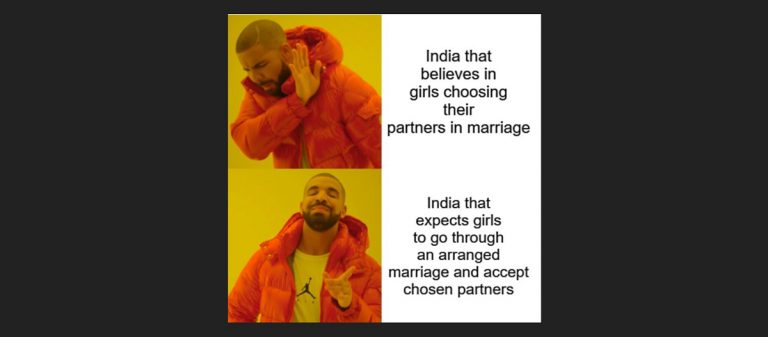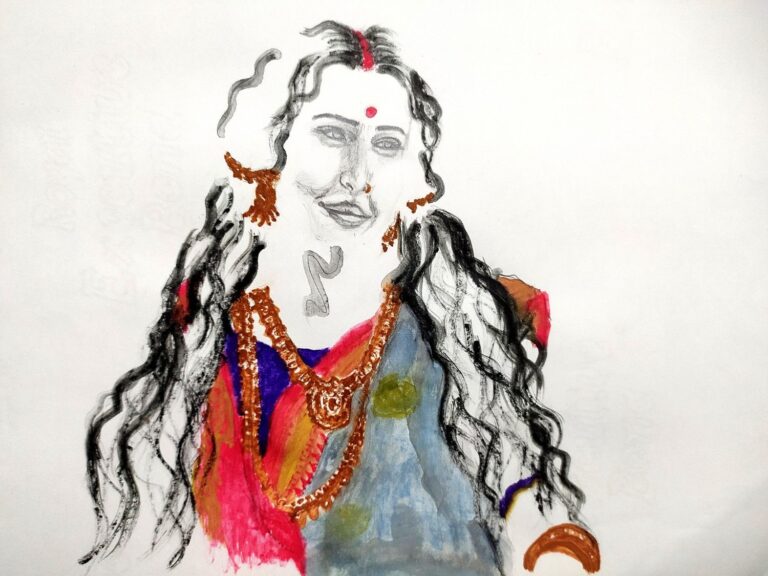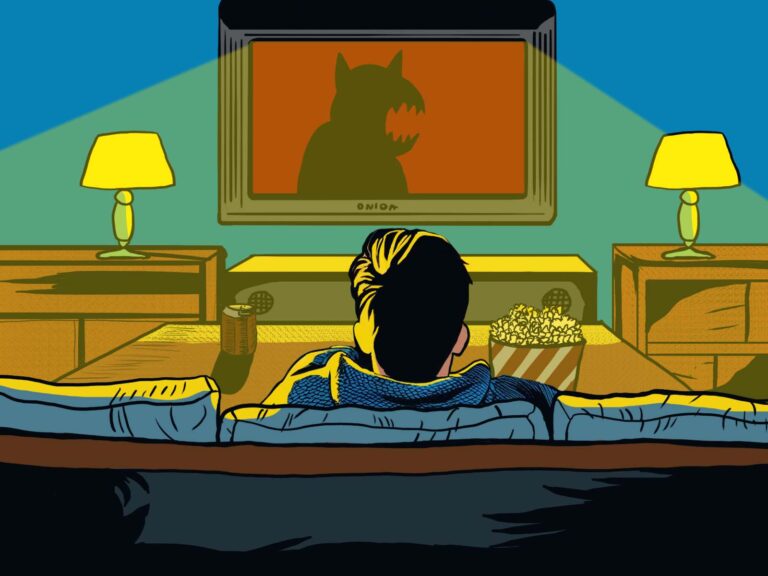Maharani Web Series: Exploring Bihar-centric political potboiler
Fellow, India Smart City Mission (Presently) and
Former Research Consultant at National Human Rights Commission, India, and
Former Research Assistant at Indian Institute of Public Administration
Even before the rise of over the top (OTT) platforms based web series, the state of Bihar and its political and socio-cultural landscapes has gathered topmost attention of the silver screen/ Bollywood. The charm of Bihar attracted filmmakers to plot classic super hits movies like legendary Bimal Roys’s Do Bigha Zamin (1953), Raj Kapoor’s Teesri Kasam (1967) based on legendary Hindi writer Late Phaniswar Nath Renu’s literary work “Mare Gaye Gulfam”. Latter series of movies revolving around political violence, corruption and khaki/police were made and glittered the box office post 2000, these includes super hits movies like Shool (1999), Prakash Jha’s directional ventures (say Gangaajal in 2003, Apaharan in 2005, Aarakshan), Gangs of Wasseypur (2012) which also made it to several international acclaims and the list is long.
Saga of 10 Episodes or “Das Dishaon ka Bihari Safarnama”
The political drama series titled “Maharani” created by Subhas Kapoor and Karan Sharma (Director) and premiered on Sony LIV, created a lot of buzz not only across B-Town but also in state of Bihar, due to its mass appealing fictional story, comparing of the role portrayed by the lead actors Huma Qureshi (Rani) and Sohum Shah (portrayed character of CM Bheema Bharti) and the so called Spousal Politics or in popular Bihari language politics of veil/Ghoonghat/proxy CM, to that with the former chief minister and RJD Supremo and his wife in second half of 1990s.
To trace the fictional journey, episode wise decoding approach is convenient particularly to make aware the readers about politico-democratic chronology of Bihar and its prolonged backwardness oriented vicious cycle since independence which revolves around series of socio-economic-cultural inequities.
The first episode titled “Jaat Na Poocho Sadhu Ki” (or Do not ask the caste of a Saint), portrays the caste based rampant conflict amid already persisting agro-financial inequities. The very first scene in the fictional web series dialogue spat between the characters named Dileep Ram and the landlord Thakur Saheb presented the huge socio-cultural divide and so called show off feudalism and inability of Thakur Saheb (representative of so called forward caste/class) to digest the fact manifested by the age old Varnasharam social evil/system ,that people from a particular ladder of class/caste cannot have right to stand before feudal class, doesn’t have right to allow their women to work independently or not indulged in household work at so called feudal households. The warning message by the character Dileep about the changing societal landscape in the cities and annihilation of the so called caste malady ultimately ended by killing of Dileep through a bullet fired by landlord’s son. This scene ultimately takes us to the de facto gap existing in Bihar way back in late 90s amid ballot and bullet and the evil of caste based millions of killings (reported & unreported). Both of the mass killings either by the caste based militia organization Ranvir Sena (founded by so called upper caste Bhumihar in Belaur village of Bhojpur district in year 1994 and made headlines in series of caste based killings like Bathani Tola-1996, Ekwari, Chandi, Nanaur, Narhi, Sarathau, Haibaspur, Laxmanpur-Bathe, Shankarbigha, and Narayanpur etc ) or killings led by so called representative or voice giver of low caste peasants the Naxalites/People’s War Group (PWG)/Moist Communist Centre (MCC) cannot be justified on any sorts of humanitarian ground as these ultimately killed Biharis, democracy of Bihar, social fabrics of Bihar, unity, diversity, fraternity and sisternity of Bihar. Both of these incidents are heinous acts of terrorism in any statue book and any court of law, whether it is digestible by the so called executive class, vote bank propounded politicians, citizens still living in the psychological koopmandukta comprised of feeling of upper and lower caste, and pseudo and unending attachment towards their surnames/titles.
The second and third episodes titled “Dekh Tamasha Kursi Ka” i.e. Game of Political Chair and “Ghoonghat Ke Pat Khol Re” i.e. Time to remove the veil, portrayed about the mind game and politics of violence to attain the power by means of hook and crook. The fictional plot of firing on CM Bheema Bharti and triangular power tussle among the CM, Naveen Kumar and RJSP Party President Gauri Shankar Pandey led the foundation stone for emergence of a new female face in the politics of Bihar i.e. wife of CM Bheema, Rani Bharti (Huma Qureshi). Comparing the fictional/reel story with the real politics of Bihar, where prevalence of proxy politics/spouse politics/rubber stamp politics not only performed fluently or persistent at the third tier of government (Panchayats/Municipality even till date) but
also, at the state level. The entry of an illiterate woman at the highest echelons of state politics not only raised eyebrows of patriarchal political class but also reflected the deep footprints of illiteracy in Bihar in general and female literacy is further at its worst level. The scene of oath taking ceremony at the Raj Bhawan/Governor’s House or hesitation and shyness o of Rani Bharti to enter into premises of Bihar Vidhan Sabha/ Legislative Assembly benches mostly full with male MLAs ultimately take audience to the vast political gender inequality prevalent in Bihar not only in ruling politics but also in administration.
The fourth episode titled “Sadho Yeh Murdon Ka Gaon” takes audience to the heinous brutal past of Bihar villages and the unforgettable “Jungle Raj”, which is a nightmare experience for millions of Biharis and any of Bihari will never ever wish in his/her/their dreams to return to that black phase of Bihar.
The fifth, sixth and seventh episodes titled as “Kaun Thagwa Nagariya Lootal (Who looted the city)”, “Na Kahu Se Dosti, Na Kahu Se Bair (None is permanent friends or foe in politics”, and “Bahot Kathin Hai Dagar Panghat Ki (Difficult trajectory of reaching to the solution path)” revolves around the series of scams including famous fodder scam of Chaibasa Treasury which ultimately put state of Bihar into depth of financial crisis. The involvement of politico-bureaucratic channels, officers, ministers in the corruptive cycles and revelation of the fact that corruption is the ultimate cause of backwardness in Bihar, are the ultimate reflection of these fictional episodes.
The last three episodes namely “Maaya Maha Thagni Hum Jaani”, “Chah Gayi Chinta Miti Manua Baparwah” and “Jo Ghar Phoonke Apnau, Chale Hamaare Saath (based upon popular saying of popular Saint Kabir)”, revolves around solving the puzzle of corruption, firing on CM Bheema Bharti, involvement of religious Baba, Governor himself, link towards Bihar Famous Flood and interlinked money, corruption and politico-administrative nexus.
However, there is a popular saying in typical Indian cinema that there is always a happy ending in cinema, though more popular in fiction and catchy, this very happy ending syndrome propels the ‘Maharani’ web series to its imaginary climax. CM Rani Bharti takes decision based upon her self-realisation and upon so called after scanning and connecting all the dots related to puzzles of corruption, fodder scam, firing on her husband and involvement of Governor and Machan Baba. And in the climax scene she repeats the statement taken at the time of oath and requested and ordered Authorities to put all the culprits including the Animal Husbandry Minister, his husband who was the former CM Bheema and all those officials behind bars.
The Concluding Juncture: Connecting Dots amid Reel & Real Bihar
This ten episodes web series can be put under category of a holistic full package entertainer due to strong power pack acting by most of the actors, tight script, catchy dialogues keeping Bihari raw essence, well oriented cinematography portraying rich heritage and culture of Bihar through festivals of Mahaparva Chhath , Ram Leela still popular across villages of Bihar, the dialogue delivery in Bihari accent between officers and politicians, the beauty of villages, fields, innocence of common Biharis and several others features. This series can be summarised across some real life keywords/phrases which are as follows:(i)Hope for Political Feminism, (ii)Frequent Frauds/Scam/Corruption in Bihar leading to vicious cycle of poverty and backwardness; (iii) Illiteracy, Caste Based Politics will only lead towards destruction and literacy and development based politics is the one and only remedy for bringing Bahaar in Bihar; (iv) To turn Bihar from Ruktaapur to Daurtapur (propelled Bihar) there is need of surgical strike against caste based politics, corruption, poverty and illiteracy.
IMAGE SOURCE: SonyLIV








